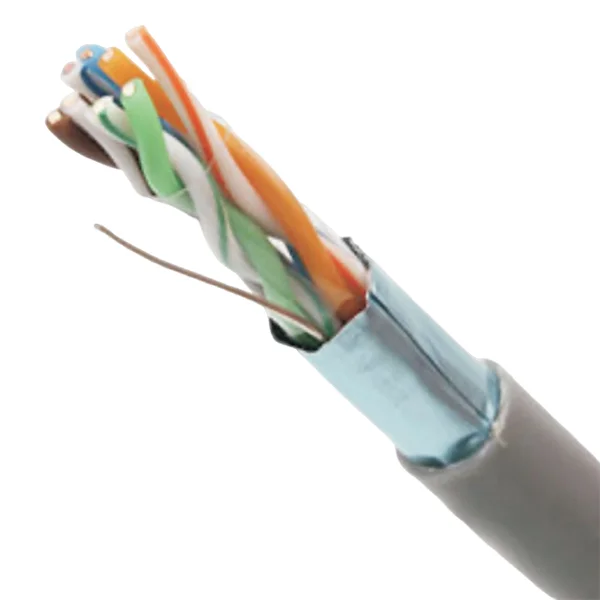Unveiling the Signs: How to Diagnose a Failing Wastegate in Your Turbocharged Engine
3 min readWhen it comes to turbocharged engines, the wastegate plays a crucial role in regulating boost pressure and ensuring optimal performance. However, like any mechanical component, wastegates can fail, leading to a host of performance issues. Understanding how to identify a malfunctioning wastegate is essential for any car enthusiast or mechanic. In this article, we will delve into the signs of a bad wastegate, the implications of such a failure, and the steps you can take to diagnose the problem effectively.
Understanding the Wastegate's Function
Before we dive into the symptoms of a failing wastegate, it's important to understand its function. The wastegate is a valve that diverts exhaust gases away from the turbine wheel in a turbocharger. By controlling the flow of exhaust gases, the wastegate regulates the turbocharger's speed and, consequently, the boost pressure delivered to the engine. There are two main types of wastegates: internal and external. Internal wastegates are integrated into the turbocharger, while external wastegates are separate components mounted on the exhaust system.
Common Symptoms of a Bad Wastegate
- Boost Pressure Issues: One of the most noticeable signs of a failing wastegate is irregular boost pressure. If you experience sudden spikes or drops in boost levels, it could indicate that the wastegate is not functioning properly. A stuck open wastegate may lead to insufficient boost, while a stuck closed wastegate can cause excessive boost, potentially damaging the engine.
- Turbo Lag: A malfunctioning wastegate can contribute to increased turbo lag. If you notice a delay in power delivery when you accelerate, it may be due to the wastegate not opening at the correct time, causing the turbocharger to take longer to spool up.
- Check Engine Light: Modern vehicles are equipped with onboard diagnostics that can detect issues with the wastegate. If the check engine light illuminates, it’s worth scanning for trouble codes related to boost pressure or wastegate performance. Codes such as P0299 (Turbo/Supercharger Underboost) may indicate a wastegate problem.
- Unusual Noises: Listen for any unusual sounds coming from the turbocharger area. A rattling noise could suggest that the wastegate actuator is malfunctioning or that the wastegate itself is damaged. Additionally, a hissing sound may indicate a boost leak, which can also be related to wastegate issues.
- Poor Fuel Economy: A bad wastegate can lead to poor fuel economy due to improper air-fuel mixture ratios. If you find yourself filling up more frequently without any changes in driving habits, it may be time to investigate the wastegate's condition.
Diagnosing a Bad Wastegate
If you suspect that your wastegate is failing, follow these diagnostic steps:
- Visual Inspection: Start with a visual inspection of the wastegate and its actuator. Look for any signs of damage, corrosion, or loose connections. Ensure that the vacuum lines or electrical connections to the actuator are intact.
- Boost Pressure Testing: Use a boost gauge to monitor the boost levels while driving. Compare the readings to the manufacturer’s specifications. If the boost levels are inconsistent, further investigation is warranted.
- Actuator Functionality: Manually test the wastegate actuator by applying vacuum or pressure (depending on the type of actuator). The wastegate should open and close smoothly without sticking. If it does not respond correctly, it may need replacement.
- Exhaust Leak Check: Inspect the exhaust system for any leaks that could affect the wastegate's performance. A leak upstream of the wastegate can cause it to behave erratically.
- Professional Diagnosis: If you’re unable to pinpoint the issue, consider seeking help from a professional mechanic. They can perform more advanced diagnostics, including checking for boost leaks and testing the turbocharger's overall performance.
Conclusion
A failing wastegate can significantly impact your vehicle's performance, leading to issues such as poor acceleration, reduced fuel efficiency, and potential engine damage. By being aware of the symptoms and following a systematic diagnostic approach, you can identify wastegate problems early and take corrective action. Regular maintenance and timely inspections can help ensure that your turbocharged engine operates at peak performance, allowing you to enjoy the exhilarating power that turbocharging offers. If you suspect your wastegate is bad, don’t hesitate to take action—your engine will thank you.

